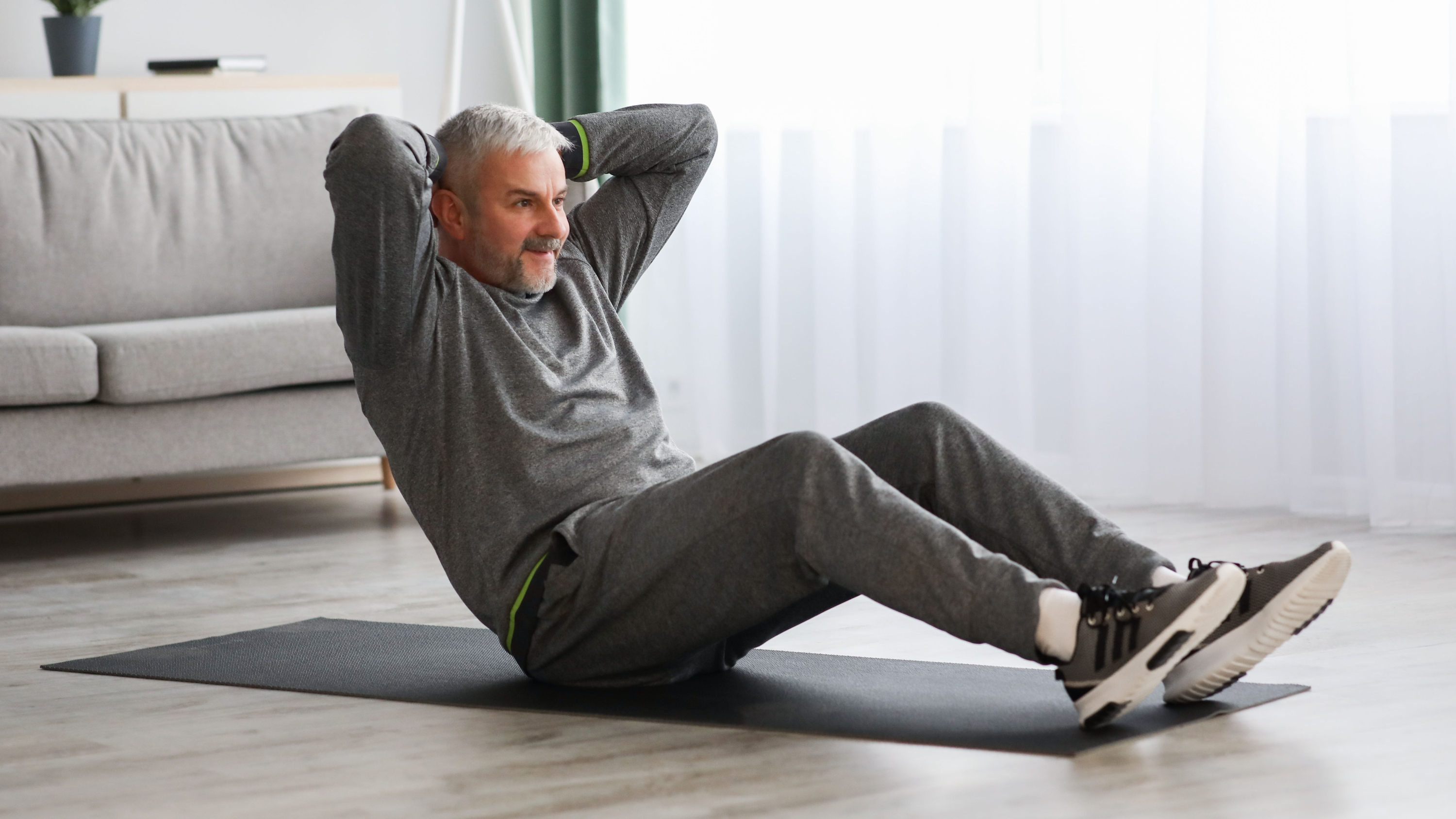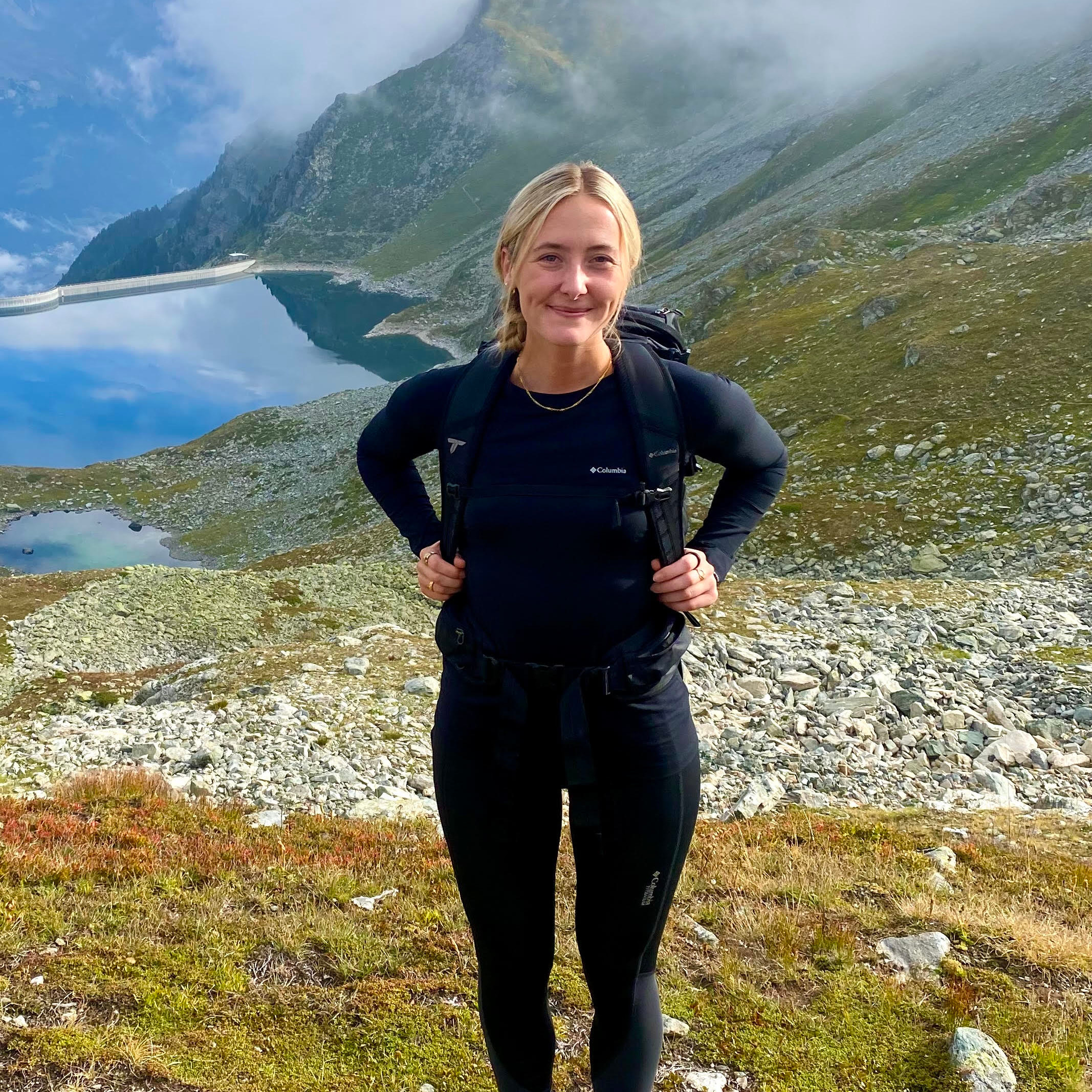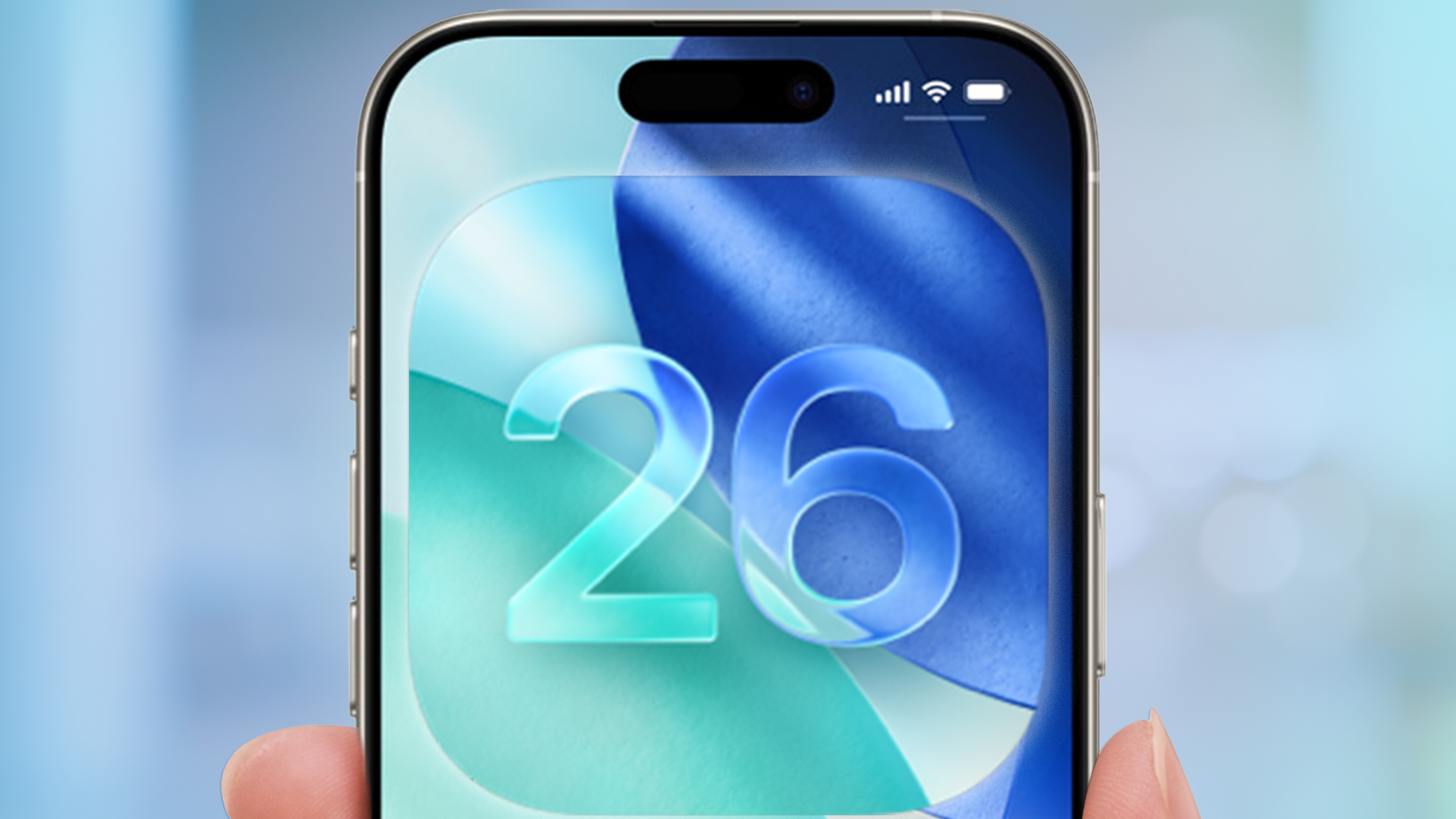This mobility test takes just seconds — and it could predict how well you’ll age

A recent study published in the European Journal of Preventive Cardiology has brought a surprisingly simple test into the spotlight. It is called the sitting-rising test.
Can you sit down on the floor and then stand back up again, without using your hands, arms, knees or the nearest bit of furniture for support?
Researchers found that people who could do this with little to no assistance were more likely to live longer than those who struggled. The test gives you a score out of 10, taking away points each time you use a hand or knee to steady yourself. Scoring low was associated with a greater risk of earlier mortality during the study period.
But before you start stretching on the living room rug, let’s break down what this test is really measuring and how it could help you take stock of your overall health.
Why this matters to you
The sitting-rising test measures more than just mobility. It also challenges your strength, balance, and coordination, which are important movement skills you use every day without perhaps realizing.
Whether you have stood up while holding a toddler or gotten up after working on flat-pack furniture, your whole body needs to work smoothly together.
As we get older, moving with confidence and control becomes more and more important. Good balance and strength help reduce the risk of falls, make it easier to stay active, and help you maintain your independence.
Get instant access to breaking news, the hottest reviews, great deals and helpful tips.
So, how easily you can get off the floor now could give you a glimpse of how capable and mobile you are likely to be in the years ahead.
How to try the test
Clear a bit of floor space and begin by standing. You will then cross one leg behind the other and lower yourself down to a seated position on the floor. Then return to standing the same way. Try not to use your hands, knees or arms for support. Each time you do, subtract one point from your score out of 10.
Scoring seven or above is considered good. While anything lower might suggest an area worth improving. But don't panic if you don't pass with flying colors. This test is based on just one study, and while the results are interesting, it is not the be all and end all of your health.
This is simply a quick way to spot potential areas to work on so you can move more comfortably and feel stronger as you age.
How to improve your score
If your hips feel stiff, your balance is a little off, or your legs don't feel as strong as they used to, that can be a helpful place to begin. You are not alone in feeling that way, and the good news is that there are gentle ways to rebuild strength and confidence in how you move.
Functional strength workouts that focus on the legs and core can gradually help you feel more stable and supported. Likewise, adding short mobility sessions may ease stiffness and make everyday movement feel more comfortable. You might also find that something like yoga works well, as it combines balance, flexibility and strength in a way that can be adapted to your needs.
We have tested some of the best yoga mats to help make getting started a little easier. They are, of course, great for yoga practice, but also provide a comfortable and supportive base for all kinds of workouts and floor exercises.
More from Tom's Guide
- Do ginger shots actually work? I took one every day for a week to find out
- How running for 75 minutes a week could help you live longer — and feel younger
- Forget hour-long workouts — new study says this 5-minute routine improves your strength and mental health

Jessica has been a fitness writer at Tom’s Guide since 2023, bringing three years of experience writing about health, fitness, and the great outdoors. Her passion for exercise began during her childhood, where she spent weekends hiking and competing in local athletics club events. After earning a master’s degree in journalism from Cardiff University, Jessica found the perfect way to combine her love of storytelling and fitness into a career.
Jessica is passionate about testing fitness gear and tech, using her reviews to help readers make informed buying decisions. She ran her first marathon in April 2024, finishing it in 3 hours and 48 minutes. Through her training, she’s developed a deep understanding of what it takes to grow as a runner, from effective workouts and recovery techniques to selecting the right gear for every challenge.
When she’s not at her desk, Jessica enjoys spending time in the kitchen crafting new recipes, braving cold water swims and hiking.
You must confirm your public display name before commenting
Please logout and then login again, you will then be prompted to enter your display name.
